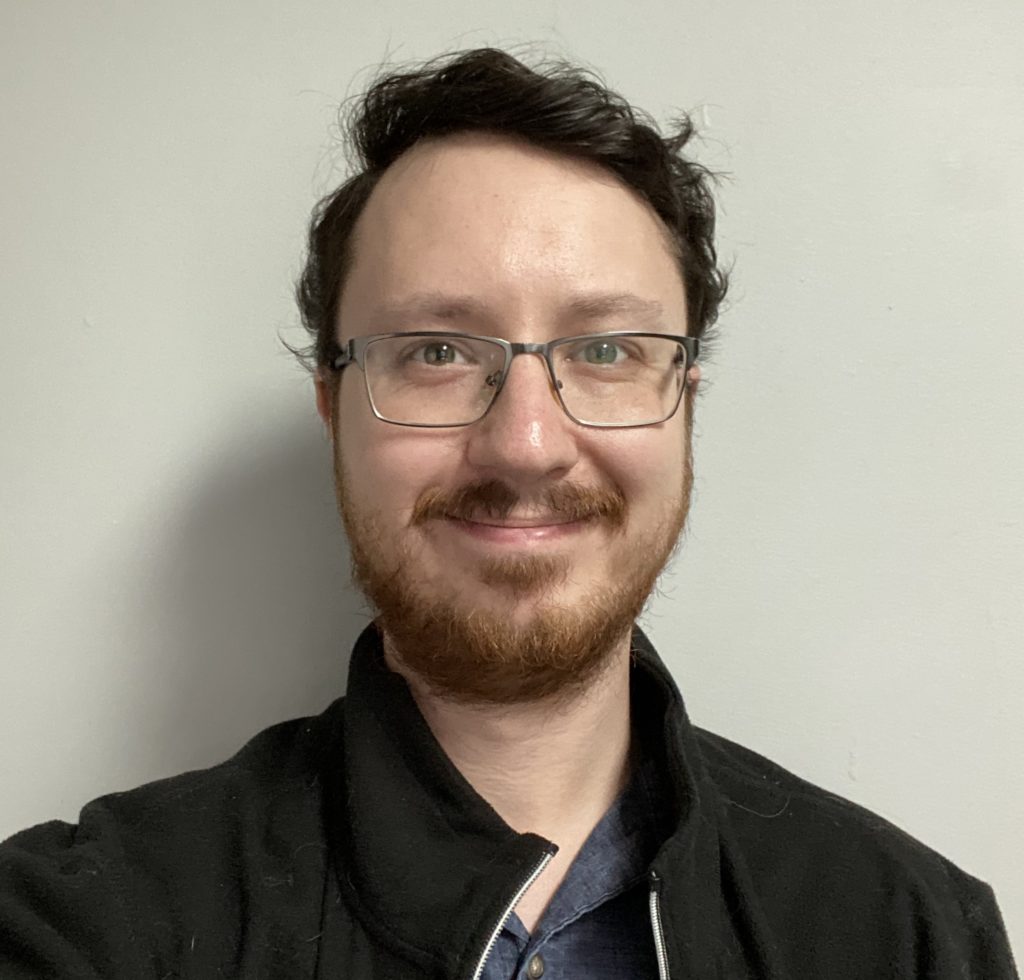Kings And Queens, photographs by Kevin Kelly, Elevator Gallery, Toronto
rabble: What made you want to do this?
Kelly: I was looking for a unique subject. Drag queens have been done before, but no one has photographed the drag kings of Toronto. I wanted a show of celebration – celebration not only of cross-dressers, but also of humanity.
rabble: What was the initial inspiration?
Kelly: I was invited to the White House in connection with my work with Artists Against Racism. I was bouncing around the house chanting “I’m going to DC.” Then that became “I’m going to AC/DC.” The initial idea was to contrast the monumental, imperialistic architecture of Washington, DC with the playfulness and living-on-the-edges-of-society of drag queens. Mentioned it to a gay friend, and he suggested I up the ante by contrasting the drag queens with drag kings.
rabble: As a group, are these funny people or is this serious business?
Kelly: For the most part, they’re funny. Most of the subjects in the show are performers, and making fun of men is a big part of a king’s show.
rabble: What would you like people to get from Kings and Queens?
Kelly: An appreciation of diversity, the possibility of having an image open up a level of experience they might not have had.
rabble: Why cross-dressing as a bridge between worlds?
Kelly: It isn’t the cross-dressing so much as the opportunity to meet a certain type of performer offstage. Performers of all sorts fascinate people, more so if the audience has a sense of being able to see behind the scenes.
rabble: Think the subjects care to bridge that gap?
Kelly: Absolutely. Most of them are very active in creating comfort zones for diversity.
rabble: Are most of the models gay?
Kelly: I’d say so.
rabble: Did this have any bearing on the choice of models?
Kelly: Not at all. Nor was beauty. In the end, it came down to who worked best with the camera. That wasn’t always the ones who were hot onstage
rabble: Ever had the urge to dress up yourself?
Kelly: During the Rocky Horror craze, I went to a party in drag. I laughed when I saw myself. My girlfriend laughed even harder.
rabble: Were you turned on during the sessions?
Kelly: Only once. It was a couple and they’re so hot together you’d have to be dead not to have a reaction.
rabble: The hardest part?
Kelly: Keeping the image intact. It was harder with the kings, and it was little things like a smile. As soon as a king smiled, he would become a woman.
rabble: Are the subjects on, 24/7?
Kelly: Not all live that way, which is why I had made a point of requesting the models come to the opening in drag. Not all did.
rabble: Oddest occurrence?
Kelly: There was a short period when it was very confusing to keep the gender preferences untangled. Up was down, the vocabulary of gayness became more complex; the concept of what a man or woman is was up for grabs. For instance, some of the kings project the image of a gay man, sort of like gender bending in a funhouse mirror.
rabble: What came out of it that surprised you?
Kelly: The sessions were very long and intense. As I was leaving the studio one evening, I noticed a woman walking, and was immediately struck by the beauty of the female form. All I could really see of her was the curve of her neck and its natural beauty came as a small jolt.
rabble: Who will like this show?
Kelly: Anyone who’s interested in an experience unique in both content and technique. The solarization method used by the printer Bob Carnie is rarely seen anywhere.
rabble: Why is this show important?
Kelly: It’s helping make the extreme more acceptable to the mainstream. It promotes a meeting of minds and challenges misconceptions.
Kings And Queens is at Toronto’s Elevator Gallery (9 Davies Avenue) until May 25.


